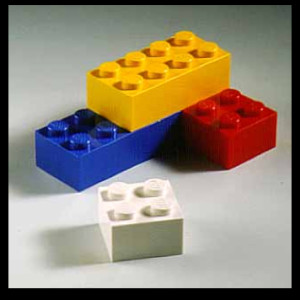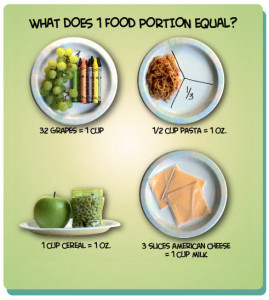
10. ADMIT IF YOU DO NOT UNDERSTAND
Let your family know if language is a problem. Admit if you do not understand a word or a direction. Ask questions. Relax-your English will improve during the first few weeks. And after you become accustomed to the family’s routine, you will find that the number of questions will decline.
9. SHOWER OR BATHE REGULARLY
Most Americans value cleanliness as a virtue. Families expect that their AuPair will bathe or shower regularly, wash hair frequently and change to clean clothes daily. Remember to launder worn clothes.
8. BE A GOOD EXAMPLE
The children you care for look up to you. Do not do things in front of the children that parent’s wouldn’t want them doing.
7. BE CONSIDERATE OF YOUR HOST PARENTS
Keep them informed of where you are going. If you are planning on travelling, discuss the details with them and make sure your plans do not interfere with their schedule.
6. FOLLOW THE HOUSE RULES
The only way you will establish trust is by following rules-even the rule you may not agree with.
5. NEGOTIATE FOR CHANGE
If you have a problem, present it to your host family clearly and calmly. Suggest your solution to a situation. Listen to what they have to say and try to reach a compromise.
4. RESPECT THE PRIVACY OF OTHERS
Gossiping about other AuPairs and host families may be very harmful. If your friends confide in you, honor the confidence. Do not tell your host families what goes on in other families.
3. TAKE RESPONSIBILITIES FOR YOUR ACTIONS
No one is perfect. If you make a mistake, take responsibility and try to correct the situation. Do not blame others.
2. BE A GOOD BUDDY
Remember what it was like to be a new AuPair. Welcome new arrivals. Arrange to meet a new AuPair, take her out, or take her to the next meeting
1. STAY IN TOUCH WITH YOUR COMMUNITY COUNSELOR
Call if you can’t come to a meeting. Let me know if you’ll be out of town. Call when you have a problem and need advice. If I do not know you have an issue, I cannot help. Or just call to check in, I love hearing from you.
image from bibliojunkies.blogspot.com




 Having a car accident is a very upsetting, stressful situation. Being prepared and knowing what to do can make things a little bit easier. Make sure you know which host parent to call in case of an accident.
Having a car accident is a very upsetting, stressful situation. Being prepared and knowing what to do can make things a little bit easier. Make sure you know which host parent to call in case of an accident.


